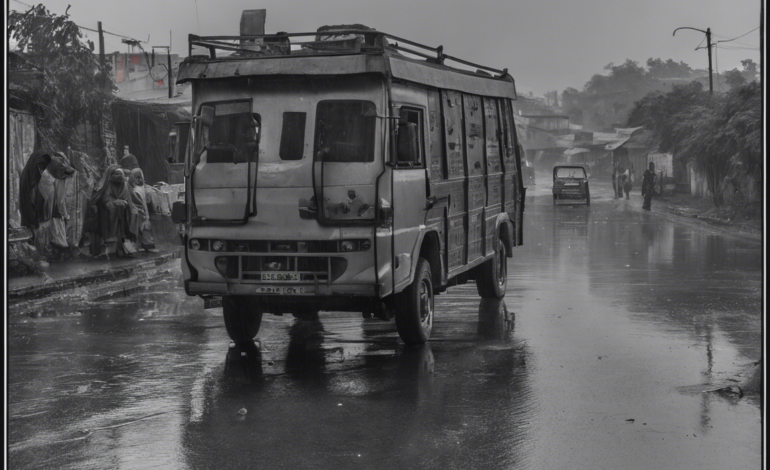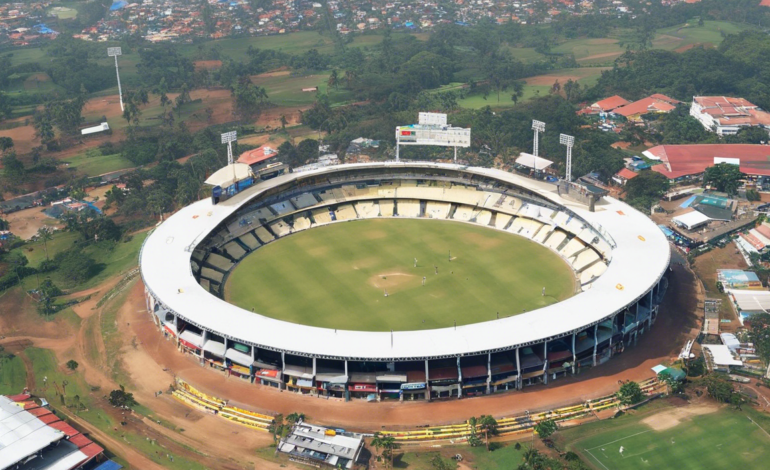
When Will it Rain in Hindi2021?
Monsoon is a much-awaited season in India, especially in Hindi-speaking regions where the rainfall plays a significant role in agriculture and livelihoods. The anticipation surrounding the rainy season is high as it brings relief from the scorching summer heat and ensures a good harvest for farmers. Understanding the timing of the monsoon is crucial for various activities, from farming to planning outdoor events and travel. In this article, we will explore the expected timing of the monsoon in Hindi-speaking regions in 2021 and provide insights into why and when it might rain.
Understanding the Monsoon in Hindi-Speaking Regions
India experiences the Southwest Monsoon, a seasonal wind reversal phenomenon that brings rainfall to the Indian subcontinent. The monsoon usually hits the southern coast of Kerala around June 1st and progresses northwards, covering the entire country by July. Hindi-speaking regions such as Uttar Pradesh, Bihar, Madhya Pradesh, Rajasthan, and others eagerly await the arrival of monsoon rains, which are critical for agriculture and water resources.
When Will it Rain in Hindi-Speaking Regions in 2021?
The India Meteorological Department (IMD) makes annual forecasts regarding the onset of monsoon in different parts of the country. While these forecasts are subject to change based on various meteorological factors, they provide a general idea of when regions can expect rainfall. In 2021, the monsoon is predicted to arrive in North India by the end of June or early July.
Factors Influencing Monsoon Arrival and Progression
Several factors influence the onset and progression of the monsoon in India:
- El Niño and La Niña: These weather patterns in the Pacific Ocean can impact the Indian monsoon.
- Indian Ocean Dipole (IOD): The temperature difference in the Indian Ocean affects monsoon rainfall.
- Easterly Jet Stream: Its position and strength play a role in the monsoon’s advancement.
Importance of Timely and Adequate Rainfall
Timely arrival and sufficient rainfall are crucial for various reasons:
- Agriculture: Crops require water for growth and maturation.
- Drinking Water: Adequate rainfall replenishes water sources.
- Ecosystem Balance: Rainfall sustains forests, wildlife, and aquatic life.
- Economy: Monsoon influences food production, prices, and rural livelihoods.
Forecasting Rainfall in Hindi-Speaking Regions
IMD and other meteorological agencies use advanced technology, satellite data, and historical patterns to forecast rainfall. These forecasts help farmers, policymakers, and the general public prepare for the monsoon season. However, it’s essential to note that weather patterns can be unpredictable, and changes in global climate conditions can impact monsoon behavior.
Tips for Monsoon Preparedness
To make the most of the monsoon season and stay safe during heavy rainfall, here are some preparation tips:
- Maintain Drainage: Clear clogged drains and gutters to prevent waterlogging.
- Check Roof and Walls: Repair any leaks or weak spots to avoid water seepage.
- Stock Essential Supplies: Store food, water, and emergency supplies in case of disruptions.
- Stay Informed: Follow weather updates and warnings from authorities.
- Safety First: Avoid flooded areas, and be cautious of slippery roads.
Frequently Asked Questions (FAQs)
1. When is the monsoon expected to arrive in North India in 2021?
The monsoon is predicted to reach North India by the end of June or early July in 2021.
2. How does the monsoon impact agriculture in Hindi-speaking regions?
Monsoon rainfall is vital for crop growth and agricultural productivity in Hindi-speaking regions.
3. What factors influence the onset and progression of the monsoon in India?
El Niño, La Niña, Indian Ocean Dipole, and the Easterly Jet Stream are some factors that affect the Indian monsoon.
4. How can individuals prepare for the monsoon season?
Clearing drainage, checking for leaks, stocking supplies, staying informed, and prioritizing safety are essential during the monsoon.
5. Is monsoon forecasting always accurate?
While meteorological agencies provide forecasts based on data and models, weather patterns can be unpredictable, leading to variations in actual rainfall.
6. Can climate change affect monsoon patterns?
Climate change can influence global weather patterns, including the Indian monsoon, leading to shifts in rainfall distribution and intensity.
7. What are some common monsoon-related challenges in Hindi-speaking regions?
Waterlogging, crop damage, transportation disruptions, and health issues due to waterborne diseases are common challenges during the monsoon.
8. How does the monsoon impact water resources in Hindi-speaking regions?
Sufficient monsoon rainfall helps recharge groundwater sources, rivers, and reservoirs, ensuring a reliable supply of water for various purposes.
9. Why is the monsoon significant for the economy of India?
The monsoon plays a vital role in agriculture, which forms a significant part of India’s economy. Good rainfall leads to higher crop yields, stable food prices, and improved rural livelihoods.
10. How can communities mitigate the impact of heavy rainfall during the monsoon?
Implementing proper drainage systems, flood control measures, early warning systems, and promoting sustainable land use practices can help reduce the impact of heavy rainfall during the monsoon season.
The monsoon season carries immense importance for Hindi-speaking regions in India, affecting various aspects of life. By understanding the rainfall patterns, preparing adequately, and staying informed, individuals and communities can navigate the monsoon season efficiently and harness its benefits for sustainable living.
